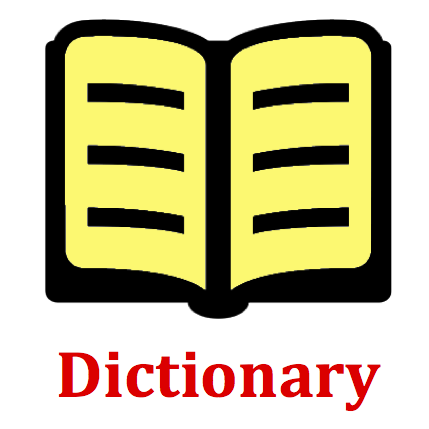Hold down the T key for 3 seconds to activate the audio accessibility mode, at which point you can click the K key to pause and resume audio. Useful for the Check Your Understanding and See Answers.
Mission WE5 Conservative and Non-Conservative Forces - Question Group 7 Help

Consider the types of forces present in the following physical situation:
A parachutist is falling downward, encountering a large amount of air resistance.
In this situation, the total mechanical energy of the parachutist ____.

If non-conservative forces do net work upon an object, then the total mechanical energy of that object is changed. The sum of the kinetic and potential energies will change as work is done upon the object.

All the different types of forces that could do work upon an object can be categorized as either conservative or non-conservative forces. A non-conservative force is a type of force that changes the total amount of mechanical energy possessed by an object. For the purpose of MOP, the force of gravity and the spring force are conservative forces; all other forces are considered to be non-conservative forces.

Consider all the forces you know of: gravity, normal, applied, friction, air resistance, tension, spring, etc. Ask: "Are any of these forces doing work upon the parachutist? Do any of these forces cause or hinder the displacement of the parachutist?" (Take your time and make sure you get this question right because the answer to the MOP question will depend upon it.) If any of the forces that you have identified as doing work are non-conservative forces, then you can be sure that the total mechanical energy is NOT conserved. On the other hand, if non-conservative forces are not doing work, then you can be sure that the total mechanical energy will be conserved - that is, remain constant. See Know the Law and Dictionary sections above.

- How can a description of a physical situation allow one to predict if the total mechanical energy of an object will be conserved?
- What is the relationship between the type of force doing work and whether or not mechanical energy is conserved?
- How can one know when a specific force is doing work upon an object?